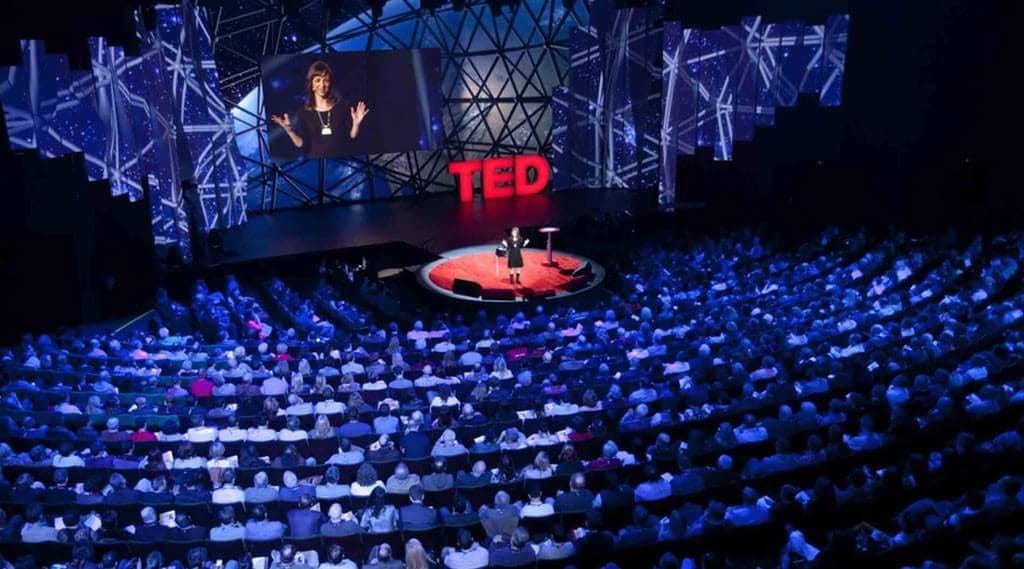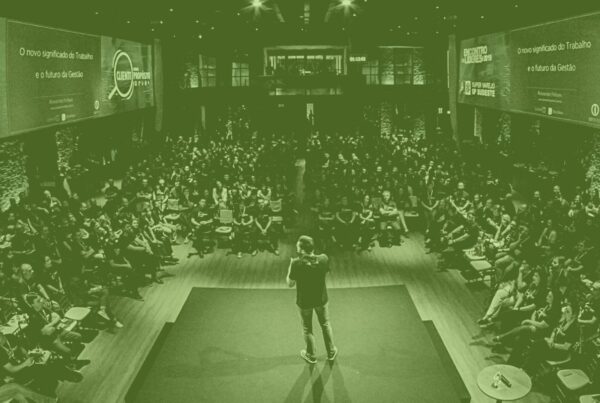An event venue can make or break the look and feel of an event. This is something that most event planners already know quite well. The problem is that many organizers find it difficult to find an innovative event venue that is affordable, and easily accessible. While hotel conference centers are easily accessible, they often don’t feel innovative, and they are often expensive unless reserved well in advance.
This article is designed to help event planners identify venues that will inspire event attendees, without breaking the bank.
Step 1: Identify An Innovative Event Theme
It’s great that you are hoping to provide attendees with a space that inspires innovative thinking. But in order to narrow your search of venues, you should first try to determine what type of feel you are trying to create.
Often this will simply be based on the kind of event you’re planning. A launch event should feel different from an off-site meeting of a Fortune 500 company. Work with key stakeholders to try to identify what they are hoping to achieve with the event. If for example a CEO is hoping to inspire employees to think creatively, then the event spaces should probably feel futuristic and should encourage collaboration between attendees.
On the other hand, if key stakeholders are hoping to feature a headline speaker, or to launch a new product, then the event space should feature some sort of main stage.
Innovative feeling main stages are often built with radial symmetry, see an example from a recent Ted Talk pictured below.
Step 2: Optimize Event Time And Place
Just like the cost of a hotel room or the price of a plane ticket, event venues will vary in expense depending on when you try to book. The same venue could be had for below market rate if you decide to plan an event during an off-hour.
Of course off-hours will vary depending on location, so it’s important that you think about ways in which you might be able to find an event venue for a bit less by choosing to host the event in a location that is not in demand, or at least not in demand during your event.
Midtown Manhattan might be a very popular meetings destination during the workweek, but after 6PM, venues near this business center tend to be deserted.
If you’re planning an event on a low budget, try to think of a location that won’t be in-demand when you want to host your event, often venue managers will be much more willing to negotiate if you are interested in using the space when it would otherwise go un-used.
Step 3: Consider Mixed Use Venues
Airbnb and Home Away are two popular examples of how mixed use spaces can transform perspectives. Staying in a private apartment rather than a hotel room can provide travelers with a unique perspective.
Similarly, event attendees can find inspiration when going to events hosted in spaces that are outside of the norm. Consider hosting an event in an artist’s studio, a public space, an art gallery, or some other mixed use space that can still provide the logistical support you need.
By choosing to host your event in a mixed use space, you’ll likely save money in comparison to booking a traditional event venue, while also providing attendees with a unique experience.
Step 4: Go Green
Sustainability is a trend that has already permeated the hospitality industry, and it will soon have an impact on the events industry as well. One excellent way to expose event attendees to innovative spaces is by presenting them with a venue that features innovative design in order to overcome environmental challenges.
Event organizers can use green certifications, like the LEED program, as a marker for innovation. Search the U.S Green Building Council’s directory of buildings to find innovative and green spaces near you.
Conclusion
Searching for and selecting innovative spaces might seem challenging. Finding an affordable space is hard enough afterall.
But event organizers should not overlook innovative spaces while they plan events. The famous innovator and leader, Steve Jobs, famously obsessed over the construction of a new headquarters for his company, Pixar. He wanted to build an innovative space that had the ability to encourage people to feel inspired and to collaborate. The result was a revolutionary building the encouraged employees to meet and solve problems.
The example of Steve Jobs highlight how a space can impact people, as an event organizer, your goal should be to find a venue that positively impacts attendees by inspiring them to solve problems together.
Want to learn more tips about finding, selecting and designing event venues – download the event venue eBook here.











